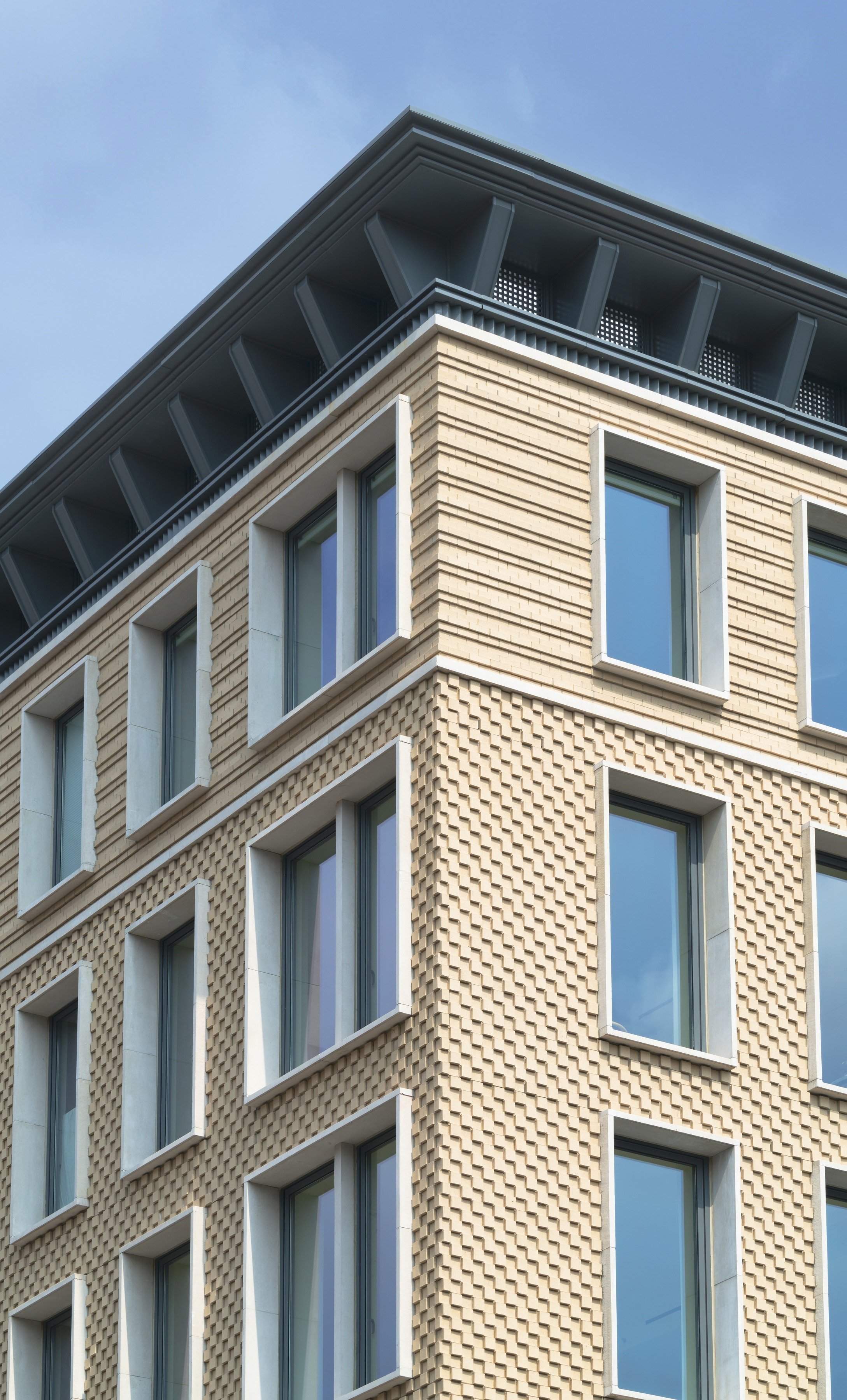Brick Brings New Life to a Tragic Site
/Brick is a material that can restore and reinvigorate even the most hopeless of building sites. In the case of the lot that stands at the corner of 45th and East 7th Street in New York City, a devastating and deadly gas explosion destroyed the three historic tenement buildings that once stood there. But as is true of any shocking tragedy, what matters most is how we react and respond.
Although those tenement buildings were reduced to rubble, with no hope of restoration, the designers at Morris Adjmi Architects were wise enough to see this site as a chance to build something beautiful and new. Thanks to that positive vision, a boutique condominium building strikes a bold form not unlike a phoenix rising from the ashes as a sign of new life.
While many modern designers feel the temptation to rely on glass, steel, and other sleek building materials when restoring a damaged site, Morris Adjmi Architects realized that the timeless nature of brick was the ideal option for their project. While they selected a classic building material, though, the design team also blended novelty with tradition for the selected brick coursing pattern.
From a distance it appears the new condominium building has the same general façade structure as a classic tenement building, consisting of a base, middle, frieze, and cornice, each of which is divided from the others with ornamental stone banding. However, it is the detail within each of these sections that makes this building distinct from the types of tenements that preceded it.
The brick selected for all sections of the facades came from Glen-Gery and has a light tan hue that is a pleasant contrast to the quintessential red bricks of the buildings that stand on the adjacent lots. But while every level of this new condominium building is similar in color, the patterns of the brick in each section reveal the design team’s creativity and ability to create something that both harkens back to the past while also presenting an entirely new and refreshing expression.
The façade at the base of the building includes sturdy pillars that incorporate a simple corbel pattern. The section above, which may be the most impressive of all, arranges L-shaped brick units to create a three-dimensional checker pattern, with some units protruding from the façade in alternating fashion with flush-sitting units. This consistent variation in depth makes for a captivating pattern that plays with light and shadow throughout the day. At the top of the building, the corbel pattern returns — this time doubled — just before the façade reaches the uppermost portion of the building.
As Morris Adjmi Architects describe, their new condominium design relies on the use of hand-laid brick so that it is “simultaneously fitting in and standing out.” Despite unfortunate circumstances that brought this project into being, this incredible balance of respect for historical motifs and creative brick patterning allows the new building at 45th and East 7th Street to not only be a beautiful place to call home, but also to serve as a symbol of hope and resilience.
All photos by Jimi Billingsley.




















